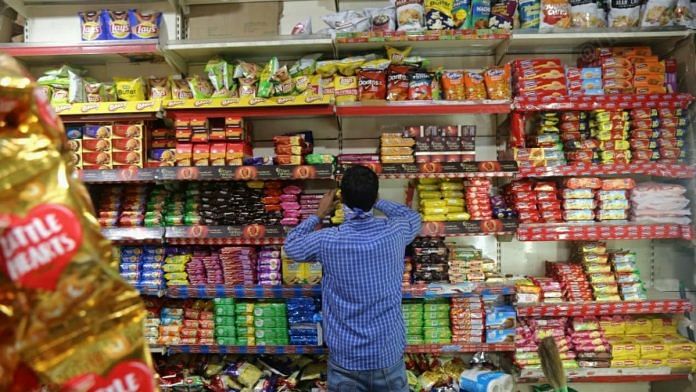It was clear from the start that the coronavirus slump was a strange kind of recession. Some economists even thought “recession” was the wrong word. The setback would be brief and severe, many believed, a deliberately induced shock to the supply side of the economy. But within a few months and before much lasting damage was done, governments could lift the restrictions and switch their economies on again. Output would quickly surge back. The path through the emergency would be V-shaped — not U-shaped, much less L-shaped.
This is no longer plausible. Some countries have begun easing restrictions and letting some of their businesses start up again. Others are getting ready to. But they’re moving cautiously. They’ve found that even very strict controls have only slowed new infections, not stopped them. If they ease too much, there might be new waves, maybe worse than the first, and they’ll have to put lockdowns back in place. Governments are being advised that some restrictions might be needed indefinitely, until a vaccine is available and widely deployed.
The problem isn’t just that restrictions will persist, it’s that people will adapt to the continuing uncertainty. Businesses will be nervous about restarting normal operations, and consumers won’t quickly get back to spending as though Covid-19 hadn’t happened. As long as people are scared, either of the disease or of what might have to be done to suppress it, they’ll behave differently without being told to. (Berlin just reopened its shops after a five-week shutdown. Business isn’t booming.)
V-shaped thinking is looking obsolete, but it still underlies the economic policies currently in place. The idea was to combine suffocating temporary restrictions with massive temporary fiscal and monetary support. Boosting demand while supply was depressed wouldn’t risk inflation because the crisis would soon be over and supply would bounce back. For the same reason, there was no need to worry that aggressive fiscal expansion would pile up too much debt.
As the slump drags on, those fears will resurface. Granted, especially in Europe, the immediate problem is too little macroeconomic-policy support, not too much. Even in the U.S., despite its enormous monetary and fiscal expansion, the initial impact of the emergency has been deflationary (suggesting that the shock to demand has been even bigger than the shock to supply). But this could change if the slowdown lasts. Financial markets might rebel if aggressive fiscal expansion needs to be maintained month after month, quarter after quarter. There’ll be new economic and financial fractures. The longer it all goes on, the more likely it is that the shocks to supply and demand will amplify each other.
What’s the answer? Simply lifting all restrictions would surely backfire. That would almost certainly cause new and bigger waves of infections, many additional deaths, rising alarm, and new rounds of measures to throttle the economy.
What makes sense is a measured and gradual easing, paying close attention to the effects.
Part of the theory of the V-shaped recovery is that it is the economic response to an equally abrupt policy choice. Either the government does enough to beat the disease, in which case the economy surges right back, or it doesn’t. But the issue is how to manage a public-health emergency that isn’t ending quickly. If normal life can’t be resumed in the short or medium term — and if a long-lasting slump will cause grave damage to people’s lives — then a balance has to be struck between containing the rate of new infections and letting the economy limp back.
How to manage this trade-off? At the moment, there’s simply not enough evidence to say. But as the social-media tribes line up behind “put lives first” and “free the people,” remember this: It is useful for different governments (and levels of government) to experiment with different approaches — because it will start to yield the needed information.
Have some countries reduced the rate of transmission enough to relax their restrictions without causing infections to surge? Which restrictions cut transmission most, relative to their economic cost? And, a strangely neglected question, how much does the right degree of restriction depend on local circumstances? It seems obvious, for instance, that restrictions in a densely packed place such as New York City ought to be stricter than in cities that aren’t as dense, to say nothing of suburbs and rural areas where people aren’t so pushed together — but how much stricter?
Short of a vaccine or an act of nature, this crisis isn’t ending any time soon. To manage it more intelligently, it’s essential to recognize how little is known, even now. The only path to better policy is watch and learn. – Bloomberg
Also read: Covid-19 has hit govt funds, but printing more money not good idea, says finance panel chair







There are a lot of unknowns about this virus. Puzzling ,how Wuhan is back from the precipice, while western world is hurtling towards it. Puzzling , south east asian nations , have a low rate of infection while the developed West is severely affected. And the disease itself is even less understood , severe , asymptomatic, mild , respiratory, affecting the kidneys, causing blood clots , affects the elderly & diseased but does not spare even young athletes , human beings are up against some alien force , is this a virus ,or do we need new nomenclature.